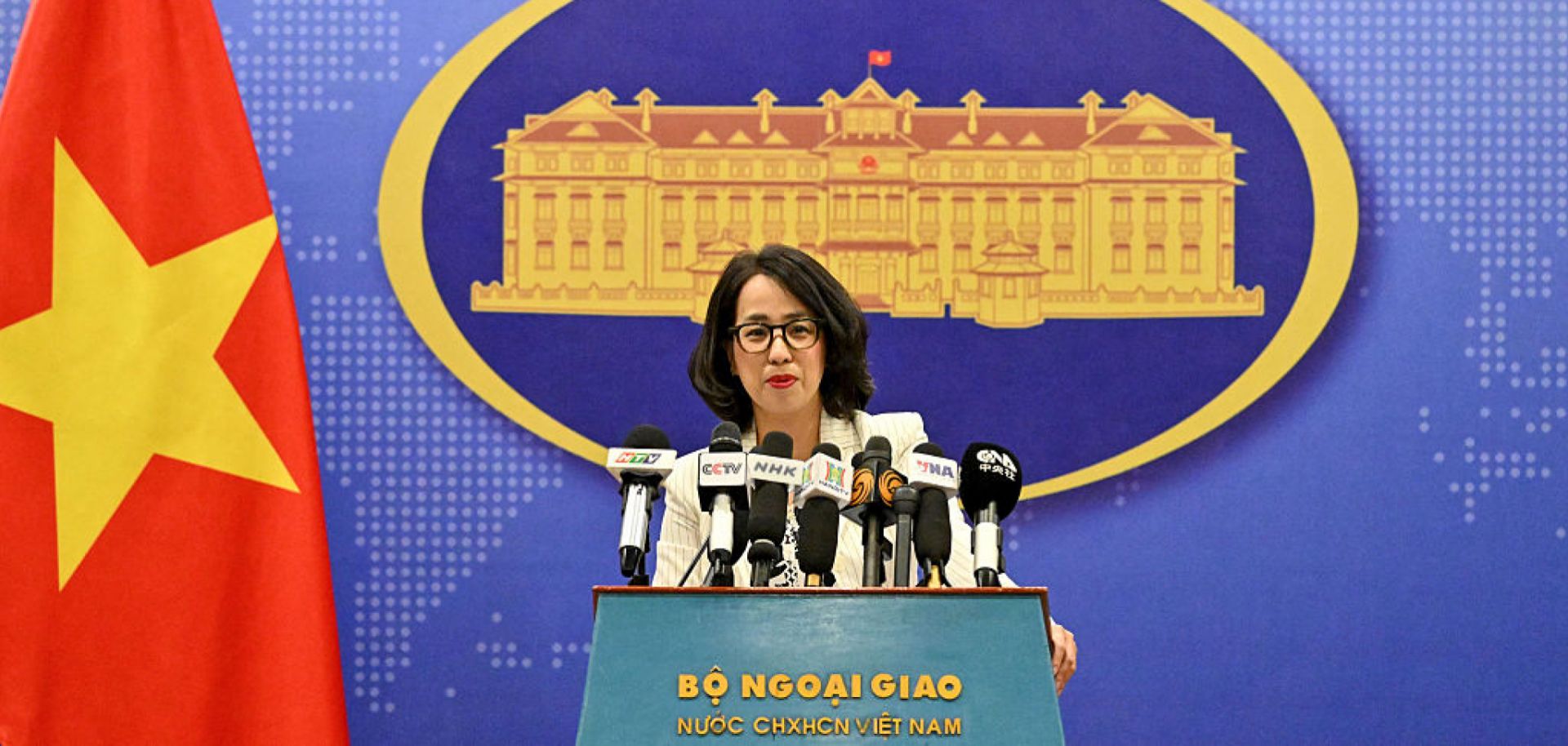The U.S.-Vietnam trade deal lowers headline tariffs, but the lack of key details leaves major uncertainty around specifics and enforcement aspects that could reshape investment and squeeze exporters across China-linked and Southeast Asian supply chains. On July 2, U.S. President Donald Trump announced a trade deal with Vietnam in which the United States will impose a 20% tariff on Vietnamese imports and a 40% tariff on goods transshipped through Vietnam -- a measure clearly targeting Chinese goods shipped through Vietnam. The agreement was announced just days ahead of a self-imposed July 9 deadline that could have seen the United States place a 46% tariff on Vietnamese goods. As a part of the deal, Trump said that Vietnam would eliminate all tariffs on imports of U.S. goods. However, the Vietnamese government has not yet released details or legal text on such plans, and Vietnamese officials have stated that negotiations around finer...

